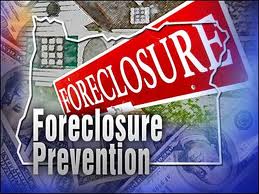 (CNNMoney) -- The world will only have to wait a few more weeks to find out whether Fannie Mae and Freddie Mac will allow principal reductions on mortgages they back.
(CNNMoney) -- The world will only have to wait a few more weeks to find out whether Fannie Mae and Freddie Mac will allow principal reductions on mortgages they back.
The Federal Housing Finance Agency will decide this month whether Fannie and Freddie should allow write downs on the balances of borrowers who owe more than their homes are worth, said Ed DeMarco, acting director for the agency.
Fannie and Freddie have been at the center of a tug-of-war over fixing the housing market. They have long resisted calls to write down the balances on the loans in their portfolio, saying it would be too costly for taxpayers.
But the pressure has been building, especially in the wake of the $26 billion mortgage settlement that will reduce principal for 1 million borrowers whose loans aren't backed by Fannie and Freddie.
The agency, which regulates the government-controlled companies, had decided against allowing principal reduction after internal studies showed that alternatives such as adjusting monthly payments or forbearing principal were more cost effective.
DeMarco has said his agency is charged with protecting taxpayers' interests, and principal reduction would amount to an expensive taxpayer bailout of troubled homeowners.
Since then, however, the Obama administration has sweetened the pot. It tripled the incentives it will pay to Fannie and Freddie for reducing principal under the Home Affordable Mortgage Program, or HAMP. This has prompted the agency and the companies to redo their analysis.
But will it even matter if Fannie and Freddie start allowing principal reduction?
Together, Fannie and Freddie have about 3 million loans that are seriously underwater, according to company filings. But three-quarters of these homeowners are current on their payments and may not qualify.
"These borrowers are demonstrating a continued willingness to meet their mortgage obligations," said DeMarco in a recent speech. "This should be recognized and encouraged, not dampened with incentives for people to not continue paying."
In the end, the number of eligible underwater Fannie and Freddie loans could range from a few hundred thousand up to 750,000, according to estimates. That's not that much considering there are 11 million underwater borrowers in the U.S., just over a quarter of whom are behind in their payments.


